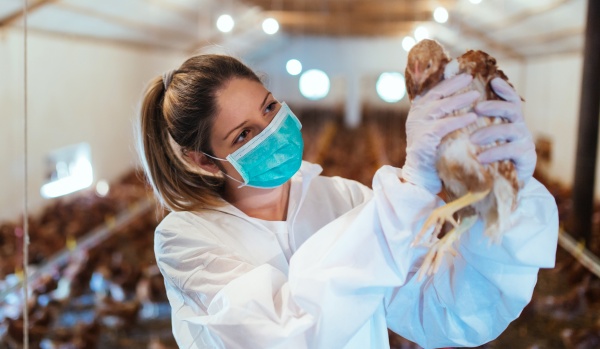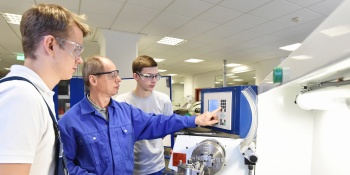
Kit for identification and differentiation of avian salmonellosis.



Attractive

Conservation

Several
PROBLEM
Aviary typhus and Pulorose are avian salmonellosis still present throughout the world, especially in underdeveloped countries or lacking effective control measures. Both salmonellosis are characterized by high bird mortality and the induction of persistent infection in birds that recover, causing high economic losses worldwide. Some bacteriological and biochemical methods are used to identify and differentiate the bacteria that cause these salmonellosis, but these are laborious and time-consuming. This new technology makes it possible to identify and differentiate these microorganisms from a molecular test based on two genomic regions much more quickly and efficiently.
SOLUTION
This new technology allows for the identification and differentiation of microorganisms, more specifically salmonella gallinarum and salmonella pullorum, in a faster, more efficient and accessible way, preventing problems such as avian typhus and the economic losses generated by this problem.

Idea

Laboratory

Prototype

Scheduling

Market
Agency Code
Patent
Date of deposit
Inventor(s)
Adriana Maria de Almeida







